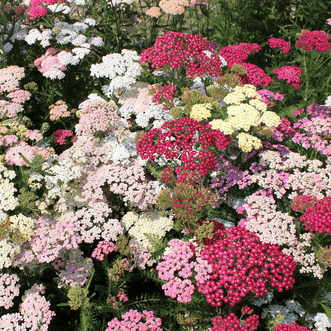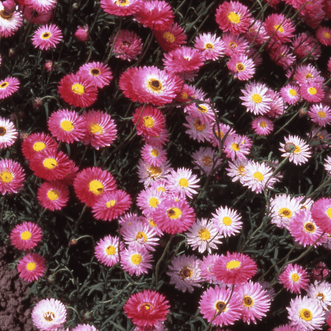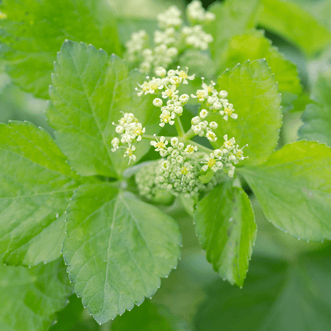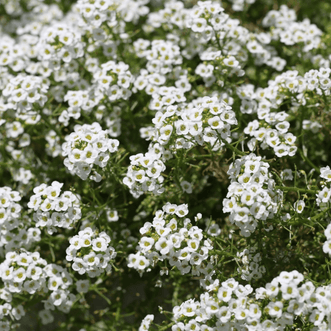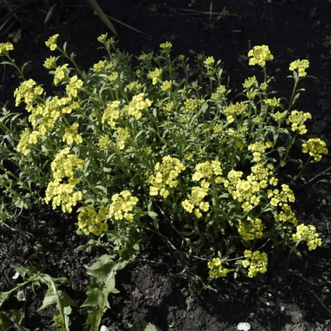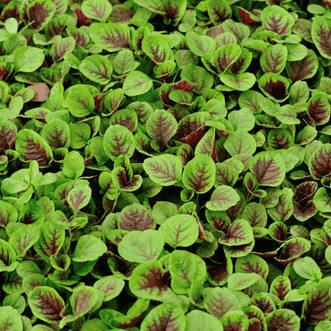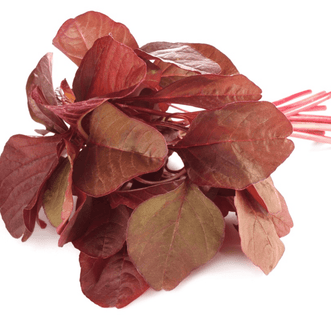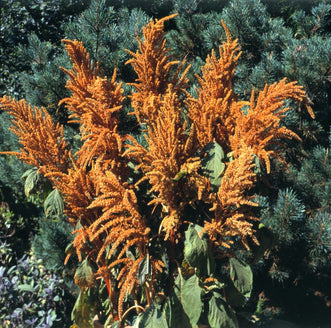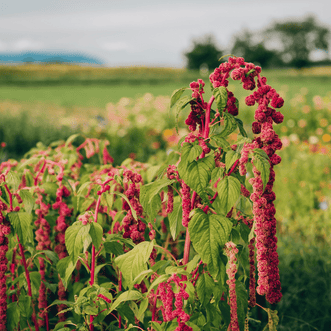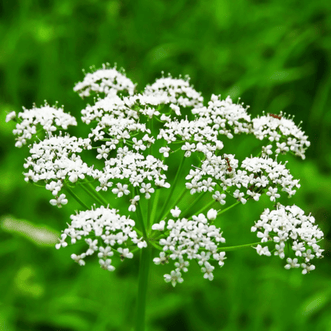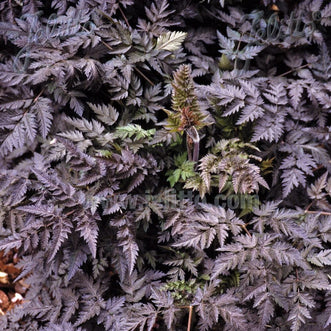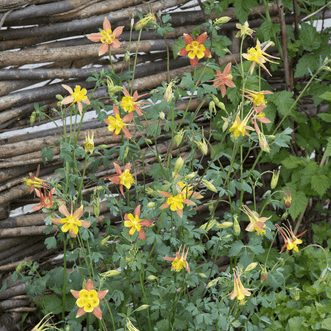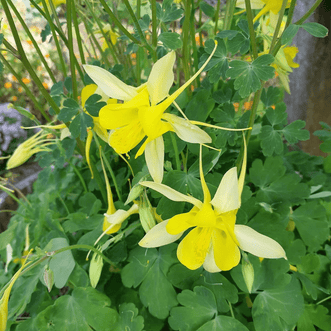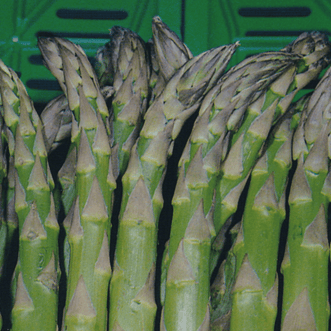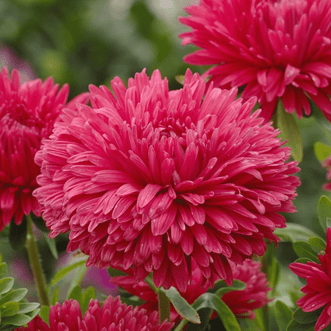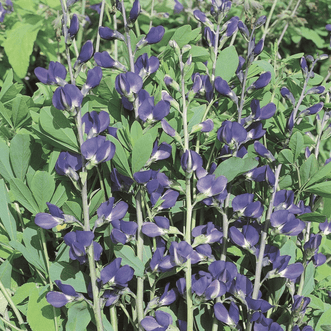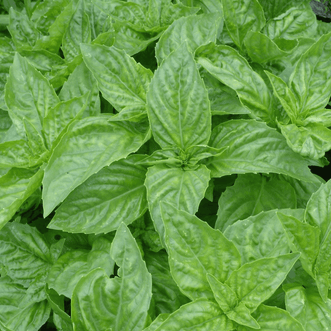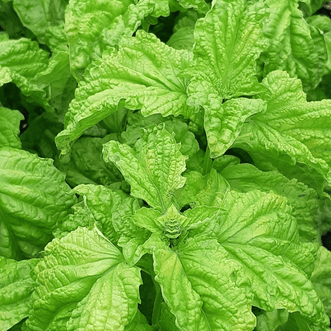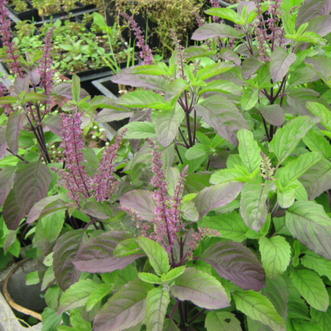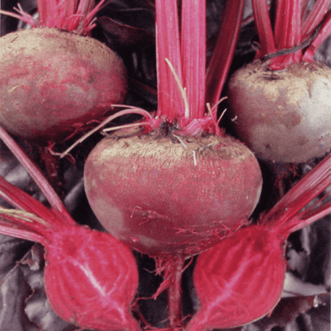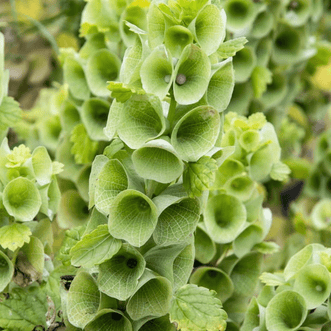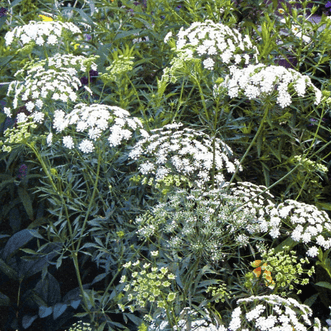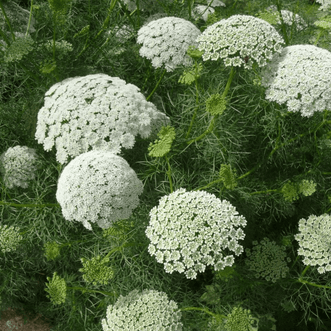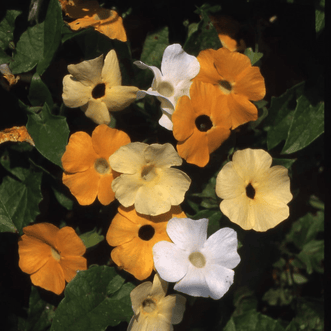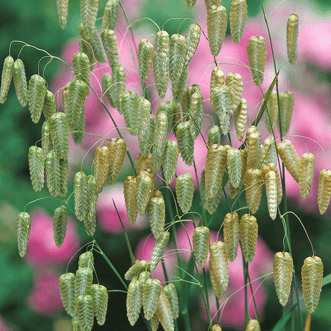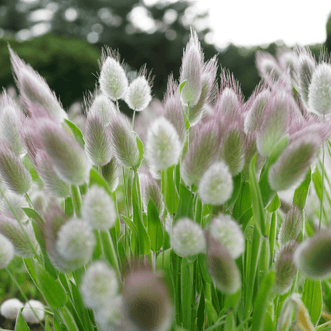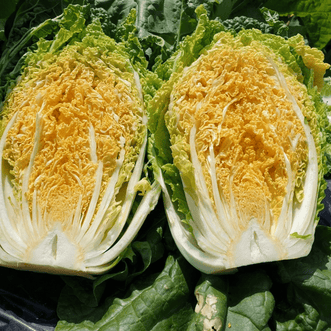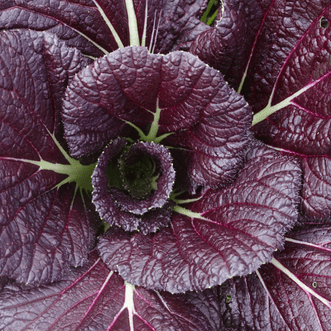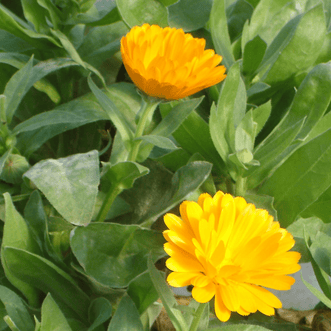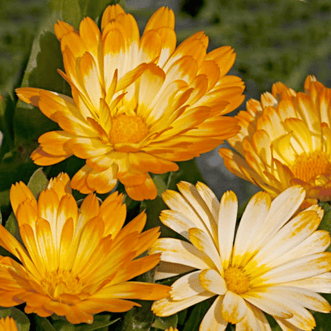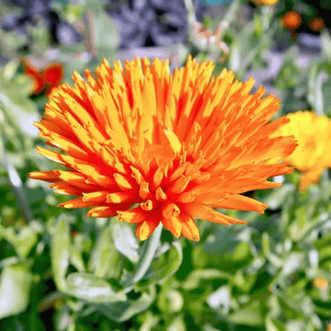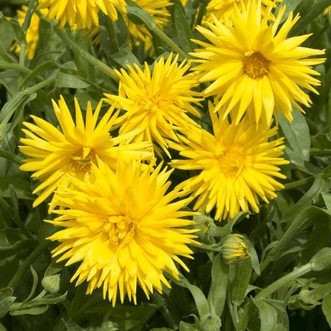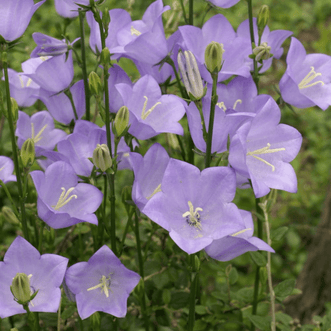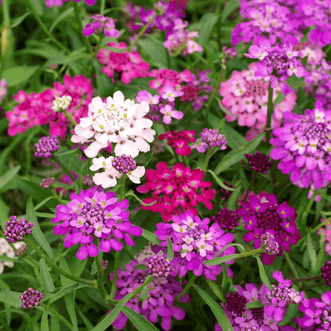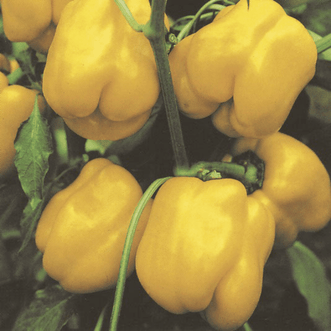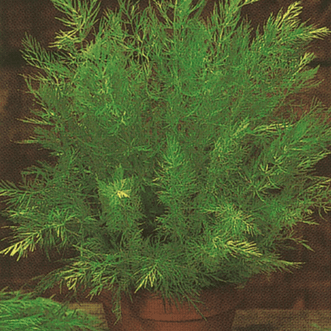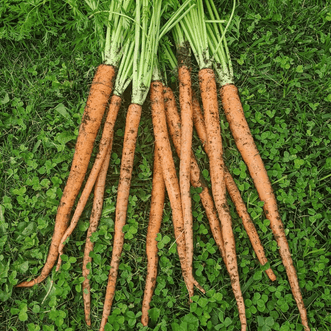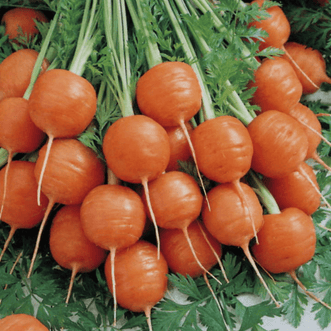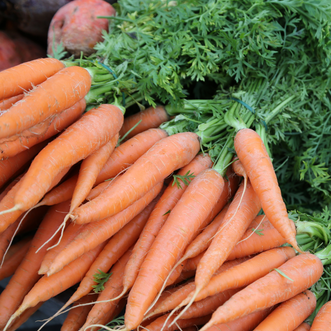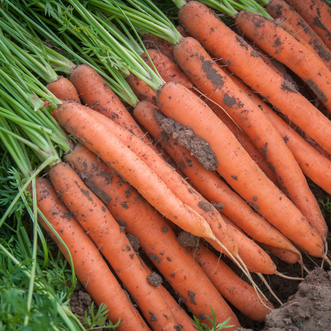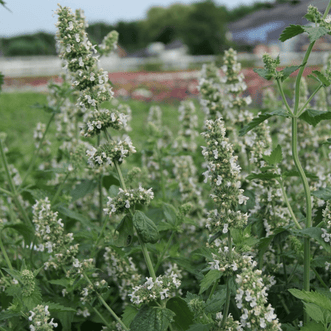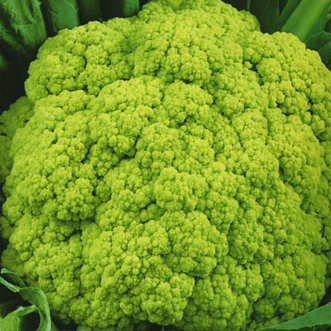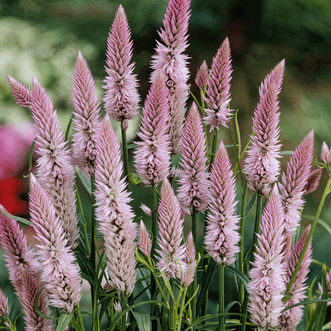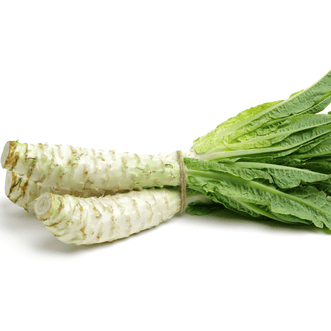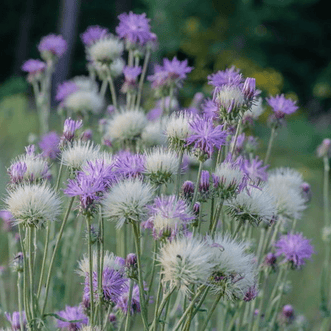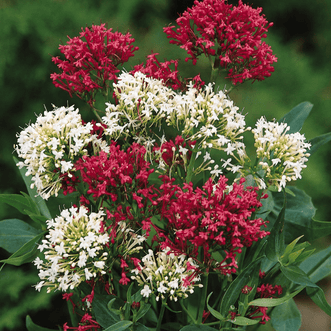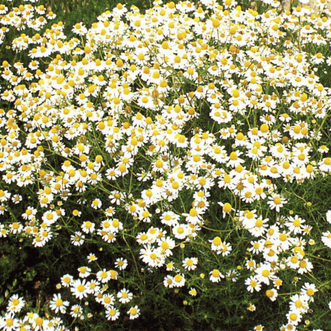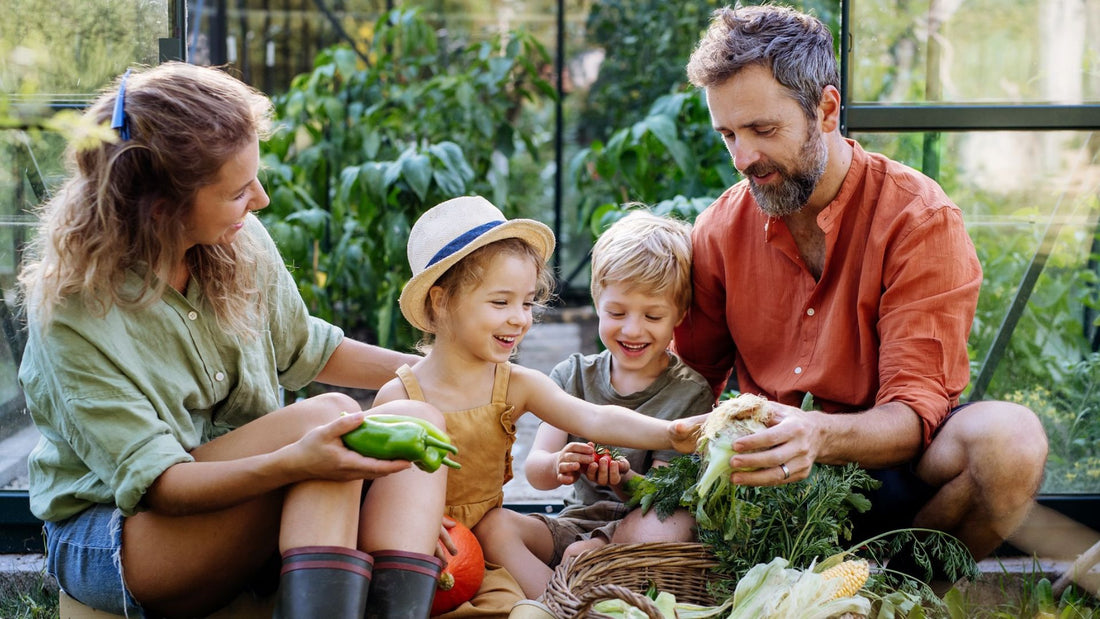
Get the best from Your Autumn Garden
BarbaraHot days and cool nights are becoming too much of a fluctuation
and, as far as germination is concerned, day temperatures become irrelevant.
Start sowing cold hardy varieties, not affected by the descending day length,
to prepare for the autumn months of April and May.
Get your autumn garden underway with a few of these ideas...
You can sow these vegetable varieties DIRECTLY (see method below) into your garden:
Arugula, Beet, Beetroot, Broad Bean, Carrot, Chicory, Collard, Corn Salad, Endive, Florence Fennel, Kale, Kohlrabi, Leek, Lettuce, Mesclun, Mibuna, Miners Lettuce, Mizuna, Mustard, Spring Onion, Pak choi, Pea, Radish, Rocket, Spinach, Swede, Turnip.

And these brassica varieties IN TRAYS (see method below) prior to transplant into your garden:
Broccoli, Brussels Sprouts, Cabbage, Cauliflower.
Love your flowers and want to keep sowing them to enjoy later in the year? Try these flowers that are good for autumn sowing...
Sow these flower varieties DIRECTLY into your garden:
Alyssum, Calendula, Cosmos, Nasturtium, Sweet Pea, Poppies, Wildflowers.

And these flower varieties IN TRAYS prior to transplant into your garden:
Antirrhinum, Marigold, Ornamental Kale, Viola/Pansies.
Your herb garden needn't be empty through winter. Many herbs like to be warm but there are cold tolerant culinary herbs you can sow now. Lemon Balm makes a wonderful herbal tea and can be used in cooking or even salads to give a lemony flavour. Parsley, Dill and Coriander can all be sown now. Sorrel and Salad Burnet are also cold tolerant and can be used in salads or added to dishes for flavour.
You can sow these herb varieties DIRECTLY into your garden:
Chervil, Coriander, Dill, Salad Burnet, Sorrel.

And these herb varieties IN TRAYS prior to transplant into your garden:
Lemon Balm & Parsley.
Autumn is an ideal time to revitalise areas where summer crops have grown by sowing a green manure crop. Green manures help to replace humus, increase the soil bacteria and fungal life, suppress weeds, curb erosion and nourish the soil - you are both protecting and improving your soil. Try our Autumn or Kings Green Manure Mixes, Blue Lupins or you could sow Mustard where brassica crops haven't previously been grown.
SOWING METHODS
DIRECT SOWING METHOD
Turn over garden soil with a spade or fork. Break up the clods of earth and rake to produce a fine surface. A loose soil enriched with moderate amounts of organic matter or fertilizer to supply nutrients is best.
Add any other conditioners such as peat moss, compost or sand etc if not added the previous autumn.
Sow seeds thinly in rows or in beds then cover with no more than twice the thickness of the seed with fine soil, tamp firmly down and moisten bed well.
When seedlings are about 6cm high or have developed their first true leaves (recognizable as those of the sown species) the row should be thinned out to the plant's required spacing.

TRAY SOWING METHOD
Seeds can be sown in trays or shallow pots using a sterilised potting mix.
Fill the container to within 2cm of the rim, then moisten by standing the container in a tray of water until the surface of the mix becomes slightly damp or by watering from above using, at all times, a very fine spray.
Then sow the seed. A rule of thumb is to cover seed to a depth of no more than twice their diameter but in the case of very fine seed, no covering is needed as the seeds, when sown on the surface of the mix, naturally work their way into the soil. If covering is preferred, sieve mix finely over the surface.
A piece of glass with a few thicknesses of paper on top may be placed over the container to prevent the mix surface from drying out. Turn glass daily so that the dry side is downwards.
If soil shows signs of drying out, repeat either watering process taking care not to wash any surface soil away.
Check daily for signs of germination and remove covering as soon as seedlings appear, exposing the tender plants gradually to the full sunlight.
If growing on a window sill, turn the tray every day to maintain an even growth and to keep the seedlings from leaning towards the light.
When they’re large enough to handle, transplant seedlings into a suitable container approximately 4cm apart. Harden off plants gradually exposing them to outdoor conditions.

DO NOT OVERWATER SEEDLINGS!

